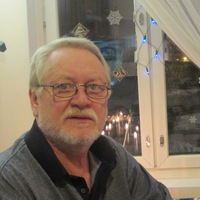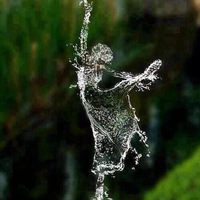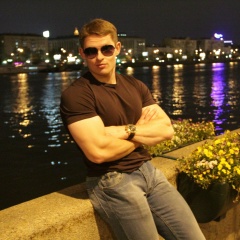20.01.2019
Dmitri Kabalevsky, Rondo Op. 59
Dmitry Kabalevsky (1904 - 1987) was a Russian composer. He was a prolific composer of piano music and chamber music, and many of his piano works have been performed by Vladimir Horowitz. He is probably best known in Western Europe for the "Comedians' Galop" from The Comedians Suite, Op. 26 and his third piano concerto.
-
https://youtu.be/3hE1jjSkw5A
-
"After an opening flourish, the rondo theme enters in the right hand with jaunty left-hand quavers in accompaniment. The first contrasting section uses the rondo rhythm but in episodic, sequential development with quicksilver arpeggiation interspersed. This builds to a forte restatement of the four-bar introduction, followed by chromatic octaves in contrary motion which usher in the rondo's return. In sonata-rondo form, the middle segment is a stunning, dignified section which begins in C-sharp minor, and moves through various other minor tonalities before a momentous restatement of its opening in C-sharp minor. One trait of the Russian choral tradition is that of the znammeny chant, sung by basses, and an excellent example of this use in Kabalevsky's music is in the low octaves which open, and permeate, the middle section, with the melody sung above. The rondo theme enters, presto, in E minor, and is developed with semiquaver sequential patterns before the return of the opening rondo in A minor. The final contrasting section features a sustained melody, doubled two octaves below in the left hand, with moving quavers in duple time in the inner voice. The vigorous coda, piu mosso, begins with the rondo theme in chords and builds dramatically to a stupendous finish." (Naxos Music Library)
https://en.wikipedia.org/wiki/Dmitry_Kabalevsky
Dmitri Kabalevsky, Rondo Op. 59
Dmitry Kabalevsky (1904 - 1987) was a Russian composer. He was a prolific composer of piano music and chamber music, and many of his piano works have been performed by Vladimir Horowitz. He is probably best known in Western Europe for the "Comedians' Galop" from The Comedians Suite, Op. 26 and his third piano concerto.
-
https://youtu.be/3hE1jjSkw5A
-
"After an opening flourish, the rondo theme enters in the right hand with jaunty left-hand quavers in accompaniment. The first contrasting section uses the rondo rhythm but in episodic, sequential development with quicksilver arpeggiation interspersed. This builds to a forte restatement of the four-bar introduction, followed by chromatic octaves in contrary motion which usher in the rondo's return. In sonata-rondo form, the middle segment is a stunning, dignified section which begins in C-sharp minor, and moves through various other minor tonalities before a momentous restatement of its opening in C-sharp minor. One trait of the Russian choral tradition is that of the znammeny chant, sung by basses, and an excellent example of this use in Kabalevsky's music is in the low octaves which open, and permeate, the middle section, with the melody sung above. The rondo theme enters, presto, in E minor, and is developed with semiquaver sequential patterns before the return of the opening rondo in A minor. The final contrasting section features a sustained melody, doubled two octaves below in the left hand, with moving quavers in duple time in the inner voice. The vigorous coda, piu mosso, begins with the rondo theme in chords and builds dramatically to a stupendous finish." (Naxos Music Library)
https://en.wikipedia.org/wiki/Dmitry_Kabalevsky
0
У записи 5 лайков,
0 репостов,
91 просмотров.
0 репостов,
91 просмотров.
Эту запись оставил(а) на своей стене Алексей Дурнев

























